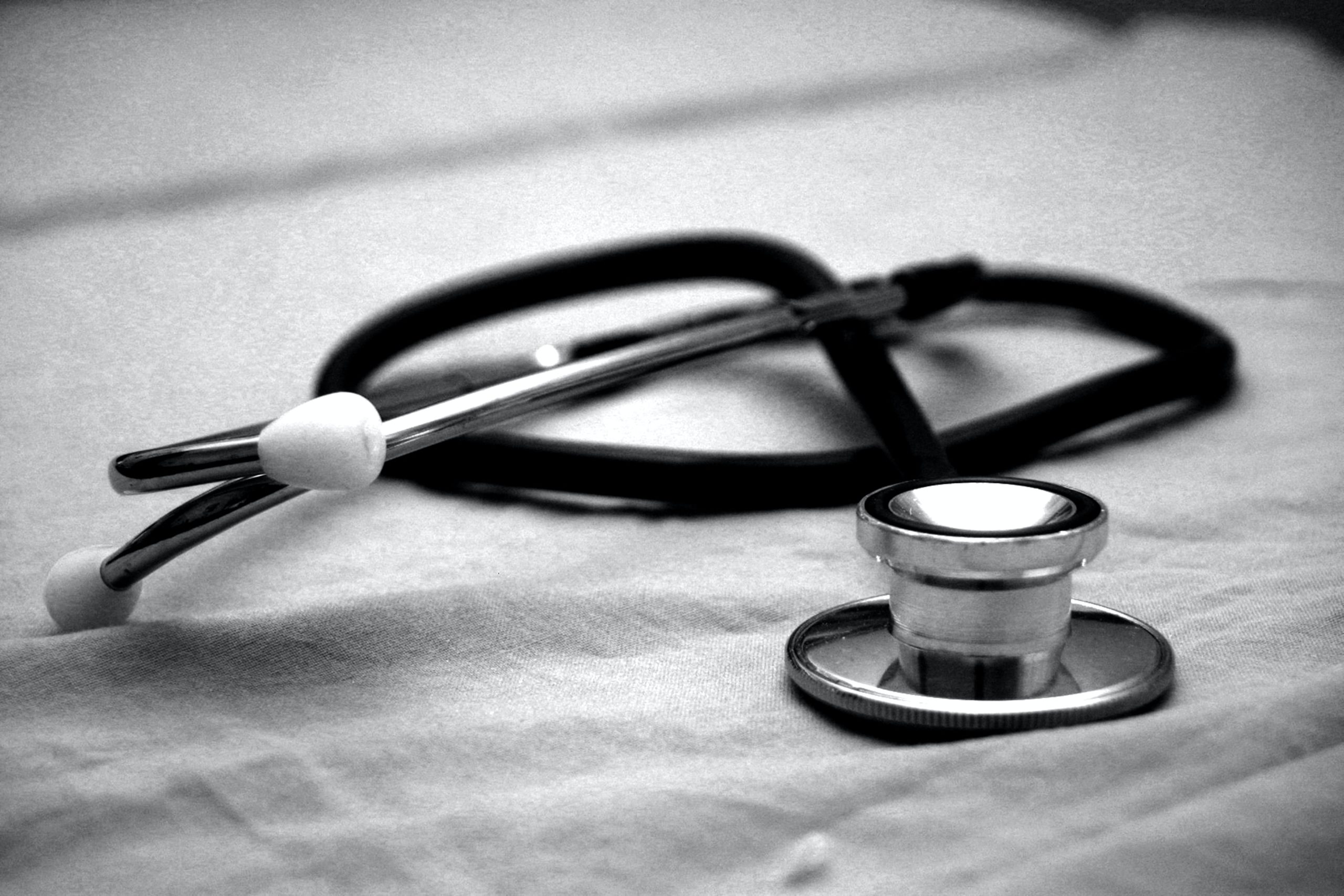If the global healthcare industry was a country, it would be the world’s fifth-largest emitter of greenhouse gas.
As lawmaking bodies and other various entities continue to reckon with the daunting future of climate change, laws like the Inflation Reduction Act, passed in 2022, have emerged to financially incentivize large companies like health systems for relying more on renewable energy sources such as solar and wind. As a result, health systems are launching sustainability projects to both reduce their carbon footprint as well as save money in the long run.
Many health systems are in a precarious financial condition, a reality only reinforced by news breaking this week that Texas-based Steward Health Care has filed for bankruptcy and is selling all 31 of its hospitals. Not surprisingly, many hospitals are still desperate to offset their expenses in any way they can — and healthcare sustainability experts think that renewable energy projects are a key way to do so.
Here’s how four health systems across the country are saving millions through renewable energy programs.
Kaiser Permanente
Oakland-based Kaiser Permanente dove deep into solar energy about six years ago when it partnered with the California Energy Commission to install a green microgrid at its hospital in Richmond, California, said Rame Hemstreet, the health system’s chief energy officer.
A microgrid refers to a system that gathers, stores and releases energy on demand — and can continue to function in the event of the centralized power grid shutting down. Green microgrids usually rely on things like solar panels, biomass generators, wind turbines or other renewable energy sources to generate electricity.
The Richmond hospital’s microgrid is a 250-kilowatt solar panel installation located on top of its 5-level parking garage. It produces clean energy while the sun is out, with the ability to store one megawatt-hour of energy in batteries until it is needed. Should the power go out at the hospital, the microgrid is able to provide emergency power for up to 3 hours.
“We see the green microgrid as an opportunity to improve the reliability and business continuity of our facilities — and also to scale the amount of on-site renewable energy production that is possible,” Hemstreet explained.
He also mentioned that Kaiser is currently in the final stages of building a “much larger system” at its hospital in Ontario, California. Once completed, this new green microgrid will be able to produce 2 megawatts of solar energy, which is eight times as much as the one in Richmond, as well as store nine megawatt-hours of energy in batteries.
In the past few years, Kaiser has expanded its use of green microgrids to more than 100 of Kaiser’s medical office buildings, Hemstreet noted.
“There are economic advantages to having a green microgrid. It allows you to store energy when energy is cheap, and then utilize that energy when energy from the grid is more expensive. The other benefits is that those local office buildings have a cleaner power supply and resiliency that otherwise would not exist. It’s the Triple Crown of energy supply — saves money, brings resiliency and reduces carbon emissions,” he declared.
The effort to go green has stretched as far as Hawaii. In 2021, the health system completed construction of a new medical office building in West Oahu that gets 75% of its power from a green microgrid, Hemstreet said.
He stated that the facility is saving 25% compared to what it would cost if it were to buy the same amount of electricity from a nonrenewable grid. Overall, the project has reduced electricity costs by nearly $100,000 a year — as well as decreased greenhouse gas emissions by about 400 tons per year.
“Hawaii has the highest electricity rates in the country. At that particular facility, we would probably be spending about $325,000 a year, but now we’re spending about $200,000,” Hemstreet explained.
Hackensack Meridian Health
New Jersey-based Hackensack Meridian Health began establishing initiatives to reduce its carbon footprint about a decade ago, said Jose Lozano, its chief growth officer.
“We’ve had initiatives for things like more LED lighting and better flushing for plumbing water consumption because we understand that healthcare, as a sector, is one of the largest consumers when it comes to power and utility infrastructure. We know that we put a strain on the grids,” Lozano remarked.
Last month, Hackensack Meridian Health furthered its commitment to climate-conscious power by forging a 30-year renewable energy partnership with infrastructure firm Bernhard. The project seeks to make Hackensack the owner of the largest solar and battery energy storage system of any nonprofit healthcare provider in the nation.
Hackensack is in the process of installing 50,000 U.S.-made solar panels throughout its 18 hospitals. Lozano, who noted that 50,000 panels can be hard to visualize, said that this amount is “equivalent to filling up 27 football stadium fields.”
Once the project is complete, Hackensack expects to achieve a 10% decrease in carbon emissions, a 25% decrease in purchased electricity and 33% more energy savings.
The health system is investing $134 million into the project, which Lozano said will take two to three years to complete. About $50 million of that cost will end up getting covered by Inflation Reduction Act tax credits, he added.
“We knew we needed to spend money to save money in the long term,” Lozano said.
AdventHealth
AdventHealth, which is based in central Florida, also announced a major solar project last month. It partnered with local solar development firm ESA to install 7,500 solar panels on top of four buildings and two garages at its corporate campus.
Once operational, the solar microgrid is expected to provide 4,200 megawatt hours of electricity annually. This would reduce the campus’ reliance on utility-provided electricity by about a third.
The project is slated for completion by the end of the year, said John Culver, the health system’s director of sustainability.
“We expect to save about $20 million over the next 20 years through just the cost reduction on site — meaning we will physically be supplying about a third of our own power so we won’t need to buy that,” he stated. “There’s also different financial mechanisms that are specific to our local utility that allow us to put some of our electricity back on the grid at a value to us. And with the IRA, we expect to get about 30% of the total project cost back as tax credits.”
Culver noted that AdventHealth has recently announced another renewable energy deal. In February, the health system struck a deal with renewable energy developer Scout Clean Energy and is now beginning to receive electricity from Scout’s 14,000-acre wind farm in Texas.
Once the on-site solar program and off-site wind energy program are both online in 2026, both projects will account for all AdventHealth’s electricity usage across the entire system, Culver declared.
“Our two projects together will be just over a terawatt hour, which is 1,000 gigawatt hours, which is a million megawatt hours, which is a billion kilowatt hours, which is about what your house uses. So it’s massive,” he said.
Gundersen Health System
It’s not just huge health systems that are playing the sustainability game, though. Gundersen Health System — which has seven hospitals and 65 clinics located in mostly rural areas in Wisconsin, Minnesota and Iowa — has been in the game for more than a decade.
“Back in 2008, our CEO at the time really saw the importance of caring for the environment as a health system — because if you don’t have a healthy environment, you don’t have healthy patients. He called in some of our engineers and formed a group called Envision, which is an LLC of Gunderson,” explained Ariel Brophy, a project manager at Gundersen Envision.
Envision staff members began the organization’s work by searching for every opportunity to save energy, such as scheduling HVAC processes or replacing lighting fixtures, she noted. But then the work quickly shifted to focus on renewable energy.
Gundersen has implemented nearly a dozen renewable energy projects since Envision was launched. By 2014, the health system became the first in the country to become energy-independent, meaning it produces more energy than it consumes.
Envision’s projects use a variety of renewable energy sources, including solar, wind, cow waste and wood.
“It really decreases the energy bill for us — and then in turn our patients. Last year, we saved a total of $5.3 million with all of our energy projects — both efficiency and renewable energy. That money gets to go right back into our patient care,” Brophy pointed out.
At Envision, everything comes back to the idea of “two-sided green” — meaning projects have to be beneficial for both the natural environment and the health system’s finances, she explained.
“We don’t want to be charging our patients for something that will not pay back,” Brophy said.
Photo: Topp_Yimgrimm, Getty Images





















